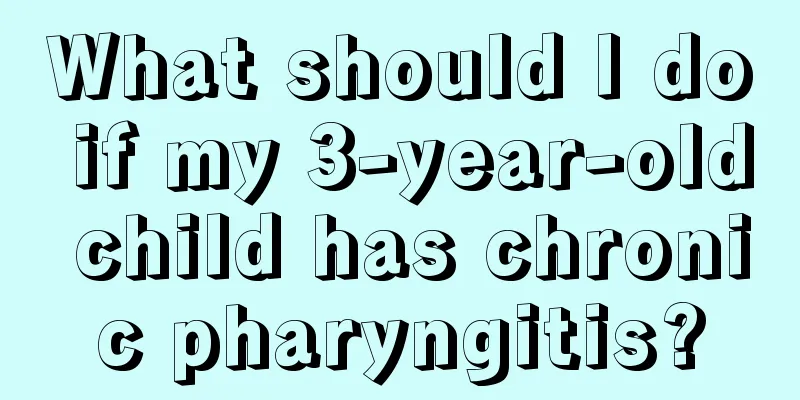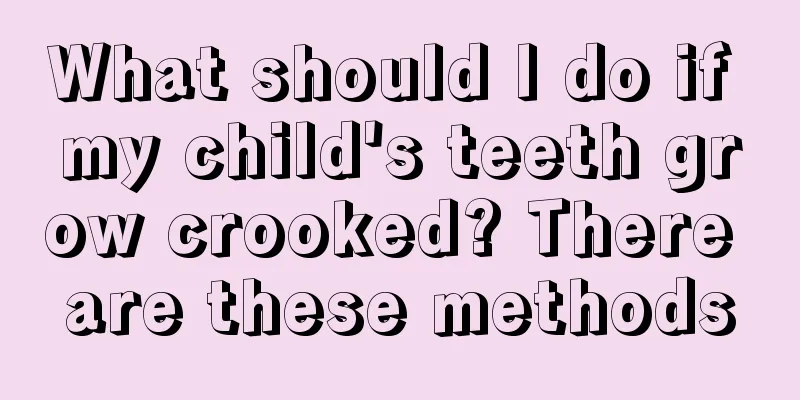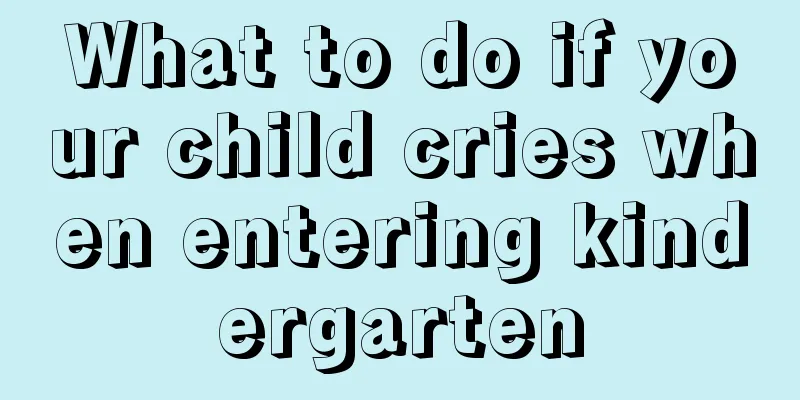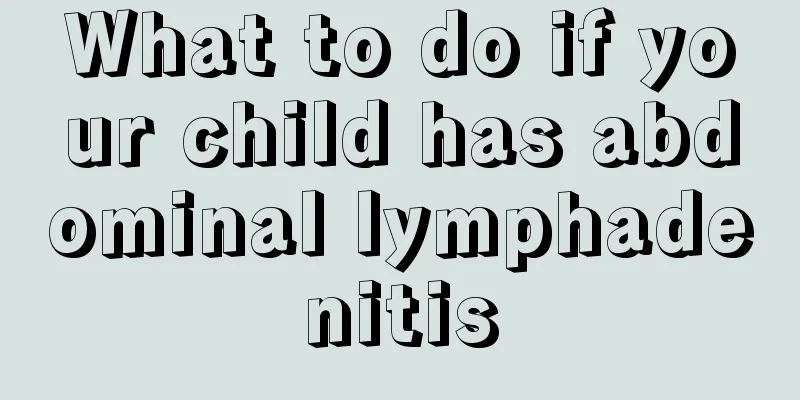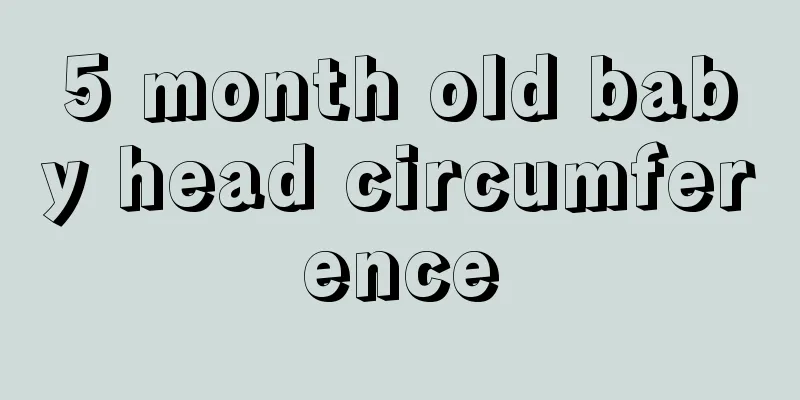How to treat cholesteatoma of the external auditory canal in children
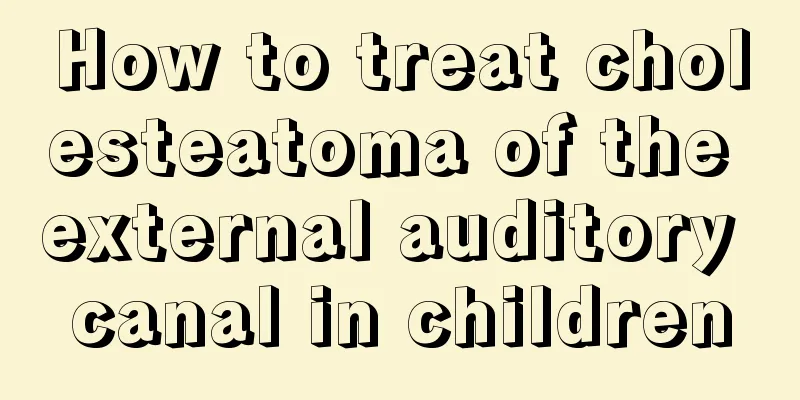
|
For parents, their children's illness is a cause of worry. External auditory canal cholesteatoma is a disease that can occur in people of many ages. Children may also suffer from this disease, and parents will be worried and anxious at this time because they don’t know how to treat this disease. So, how to treat cholesteatoma in the external auditory canal in children? Let me introduce it to you below, I hope it will be helpful to you. Instrumental removal For cholesteatoma that does not completely block the external auditory canal, an earwax hook can be slowly inserted along the wall of the external auditory canal into the inside of the cholesteatoma to hook it out. Since the posterior superior wall has the least sensitivity among the walls of the external auditory canal, the cholesteatoma can be removed from the posterior superior wall first. This method is not suitable for children with cholesteatoma masses close to the tympanic membrane or who cannot cooperate, so as to avoid damaging the external auditory canal and other important structures of the middle ear. External ear canal irrigation If the cholesteatoma is hard and difficult to remove with instruments, you can first use 3%-5% sodium bicarbonate solution or boric acid glycerin ear drops 3-4 times a day. After 3 days, use an irrigator to rinse the softened cholesteatoma once or several times. Note when flushing: Do not use it if you have acute or chronic suppurative otitis media or other tympanic membrane perforation; the flushing solution should be close to body temperature; too cold or too hot may cause labyrinth irritation symptoms and lead to dizziness in the patient; the direction of flushing must be obliquely towards the posterior and superior wall of the external auditory canal; if it is directly towards the tympanic membrane, it may cause tympanic membrane damage; if it is directly towards the foreign body, it may be flushed deep into the external auditory canal and become more difficult to remove. For those with concurrent infection, anti-inflammatory treatment should be given first. 3% boric acid glycerol or 4% phenol glycerol can be dripped several times a day. If necessary, antibiotics can be taken orally or intravenously, and the treatment can be resumed after 3 to 4 days when the inflammation is under control. However, it is difficult to completely control inflammation alone. According to experience, it is best to control the infection while gradually removing the cholesteatoma in stages. Endoscopic or surgical microscope removal under general anesthesia This method can be considered for patients with severe infection and difficulty in removal. At the same time, systemic antibiotics are used to control infection. Follow-up observation is required after the operation, and any residual or regenerated cholesteatoma should be cleaned up at any time. Radical mastoidectomy and tympanoplasty surgery Patients with external auditory canal cholesteatoma invading the mastoid and/or middle ear should undergo radical mastoidectomy and tympanoplasty. The principle of surgery is to completely remove cholesteatoma tissue and destroyed dead bone, expand the external auditory canal, and restore hearing. Thorough cleaning of the external auditory canal floor is the key to avoiding recurrence. Under local or general anesthesia, an incision is made inside or behind the ear, and cholesteatoma removal is performed under a microscope. At the same time, conchaplasty and tympanoplasty are performed according to different lesions. The dressing was changed after surgery until the surgical cavity was completely epithelialized. The above content is very helpful for parents of children with external auditory canal cholesteatoma. At the same time, parents are reminded that if their children are sick, they must not be too anxious. Instead, they should use the correct methods so that no other problems arise during treatment. It is best to ensure that their children are healthy and happy. |
<<: Capillary pneumonia in infants
>>: Causes and treatments of schizophrenia in children
Recommend
The benefits of eating chocolate for 2-year-old babies
Chocolate is a common food in our daily life. The...
Is it normal for a six month old baby to have anemia?
When some parents took their 6-month-old babies f...
What to do if your baby chokes on medicine
It is normal for babies to be unwilling to take m...
How to treat bronchitis in children with diet
Some young children suffer from bronchitis, which...
How to treat appendicitis in children?
Many children always have some problems when they...
The dangers of eating nails
There are many children who often like to bite th...
The baby always stretches very frequently
Many babies will stretch as they grow, and some w...
Mild autism in children
Mild childhood autism is also a type of autism. C...
How to train your baby to crawl
From babbling to sitting and crawling, babies nee...
Baby diarrhea with red mucus
The baby's health is the most concerned issue...
What to do if children have tongue tip ulcers
Many children will suffer from tongue tip ulcers....
What should children eat if they have oral ulcers?
Do parents know that babies can also get oral ulc...
Can children really have acupuncture?
Acupuncture is a common method of TCM to treat di...
How to care for and relieve baby drool rash
My baby is always drooling and has many small ras...
Why babies wake up easily?
Having a baby is the happiest thing for us. Howev...

